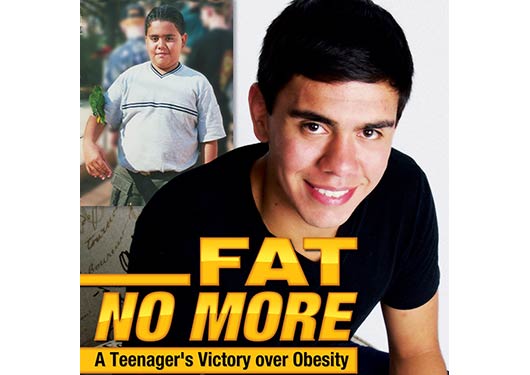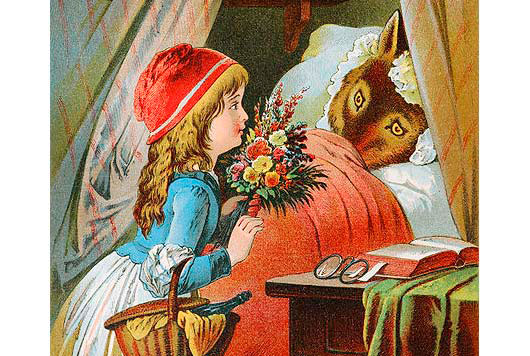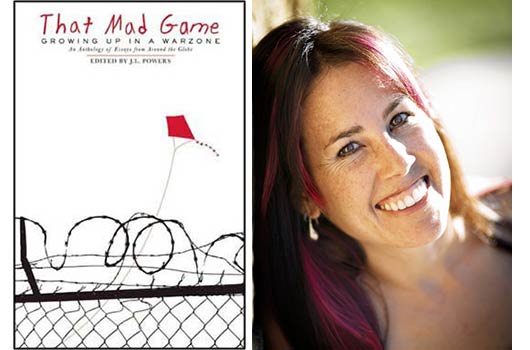
Spanish professor and author, María Dueñas, makes her American literary debut with The Time in Between, a book that is as textured and sumptuous as it is difficult to categorize. Just like the story’s protagonist, a talented seamstress named Sira Quiroga—Dueñas herself weaves together the elements of history, politics, psychological drama, and high fashion to creatively and sensually bring a unique moment in history to life.
In The Time in Between, readers enter the world of Sira, a young working-class woman in the 1930s who toils at her mother’s seamstress shop in Madrid, ensconced in the worlds of fabrics and patterns. The chance appearance of a particular handsome-faced customer sets Sira on a life course that begins to blend seamlessly with the history and social climate of the time (from the Spanish Civil War until the end of World War II), not only exploring the behavior, psyche, and worldview of a woman on a journey—but also providing an authentic view into what Dueñas feels is “an almost forgotten piece of Spanish history.” Dueñas shares her author journey with Mamiverse.
Mamiverse: Please tell us what inspired this novel?
Dueñas: The first thing I thought of was geography. I wanted to recover, or revisit this world of northern Morocco during the time of the Spanish presence there. For 44 years, there was a Spanish protectorate over Morocco, and it endured for the first half of the Twentieth Century. My family was part of that universe. My mother was born there; she lived there for over 18 years; and my grandparents lived there for over 30 years. So I always had these memories at home and have always felt their nostalgia. I decided that I wanted to recover that world—and that was the beginning of everything.
Mamiverse: What was it about that particular time and place that made you want to recover it? Dueñas: It was a mix of things. First of all, it really was a fascinating world. But I was also acutely aware of the fact that it was a moment in time and place that was close to Spanish history, but almost totally forgotten by Spanish literature, Spanish history, and Spanish people in general. So, I felt we had to recover that part of our past. It was close to us, yet so left out of our cultural dialogue for no reason.
Mamiverse: How do you recreate a reality that you have only heard about in the lore of your ancestors?
Dueñas: I scoured all kinds of sources and I considered everything usable. I spoke a lot with old residents, locals who lived there, and of course family and friends. My mother was a tremendous resource since she essentially grew up there, and it was such a joy to be able to revisit her youth with her in this unique way. I searched all varieties of books and articles where there might be some account of how that world was. That was more for the human point of view—but I also used the more conventional sources, such as essays, history books and old journals. This allowed me to do two things: on the one hand I could build an accurate portrait of the historical facts and circumstances of the time, and on the other hand I could also have a more human perspective on the sensual reality and atmosphere of the time.
Mamiverse: How did the character of your protagonist emerge?
Dueñas: Actually, she was one of the last elements to come about. First, I had to contend with the geography and the historical landscape. When I started this search, I discovered certain historical characters that seemed almost forgotten from Spanish history. They gave me the historical anchor points, events, and circumstances that would help me create a narrative trajectory from the Spanish Civil War until the Second World War. Sira was the vehicle from my imagination that could depict the key theme of prevailing against all odds since she miscarried and lost a child—and despite such an epic loss, she still managed to pick up the pieces and move forward in life.
Mamiverse: As a debut writer of fiction and being so committed to political and historical accuracy, it’s almost like a constant paradox. For you, where does the fiction begin and the historical accuracy end? How do you reconcile those two tasks?
Dueñas: I try to keep a balance all the time. I don’t want fiction without the support of accurate and rigorous “scaffolding.” So to me, the history becomes the very scaffolding on which the fiction hangs. That was one of the things I had to be most conscious of throughout the writing. This sense of equilibrium was the most important thing. At the same time, my goal was that the reader would never perceive the sense of two things going at the same time—it had to be one seamless experience.
Mamiverse: Where does the title come from?
Dueñas: Well, the title is a bit different in Spanish—El Tiempo Entre Costuras, which means “the time between the stitches.” But really it has to do with the sense of time passing, these nostalgic moments, the notion of passing from one thing to another, and the nuances of those processes.










